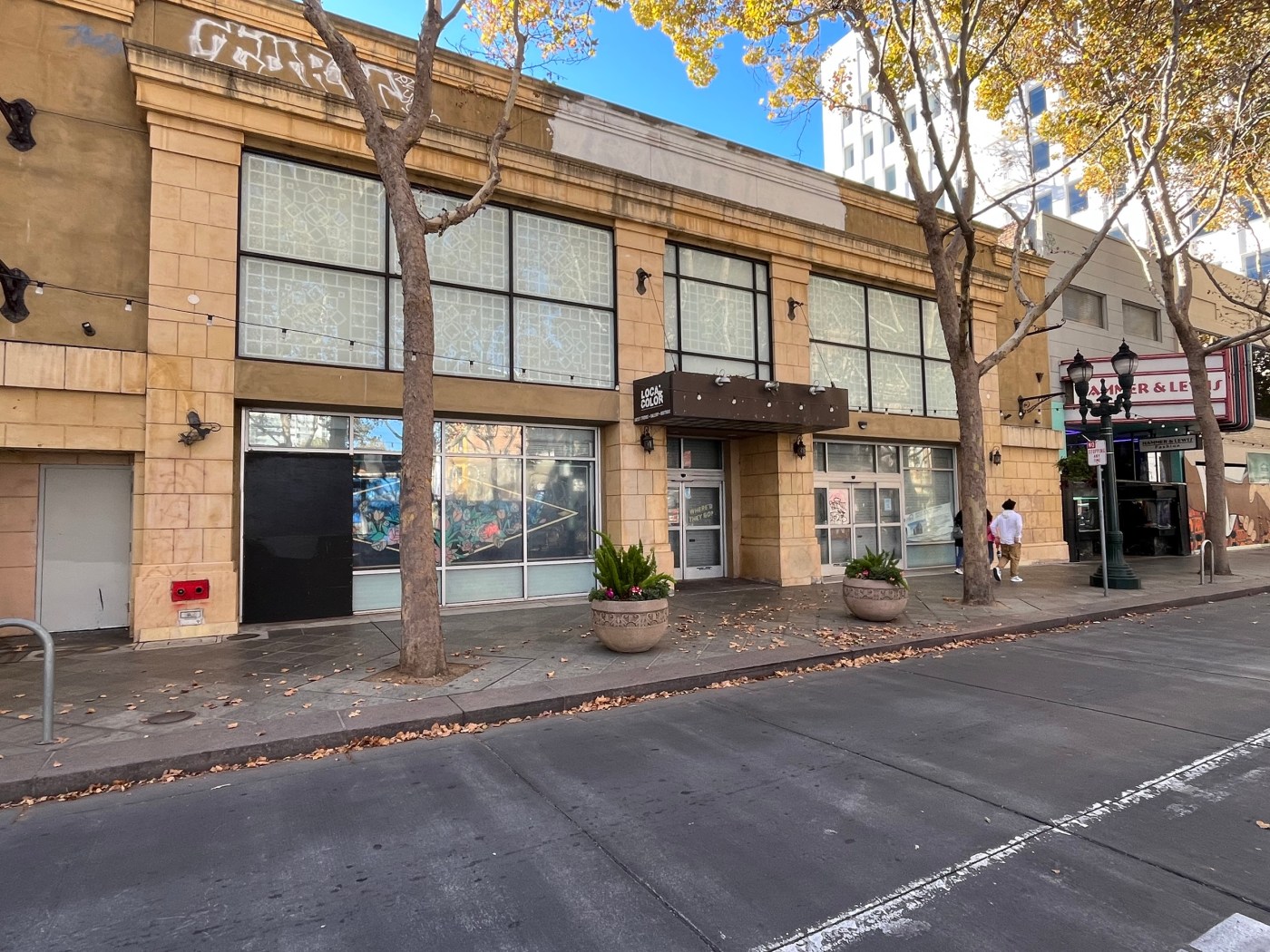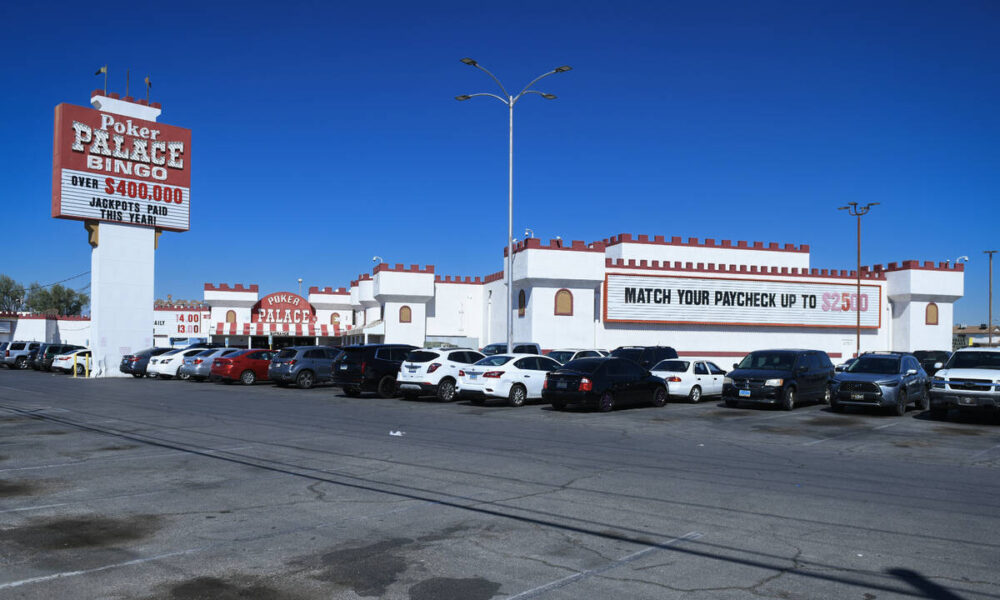A lender has seized the property at 27 S. First St. in downtown San Jose, where a proposed housing tower was never constructed. The acquisition, executed through a foreclosure process, highlights ongoing economic vulnerabilities within the Bay Area property market. The parcel, once home to a Woolworth department store and later a Ross Dress for Less outlet, remains vacant following the foreclosure.
The property was taken back by the San Mateo-based TDA Investment Group through a deed in lieu of foreclosure, which allows lenders to reclaim ownership without lengthy court proceedings. According to documents filed on October 27, 2023, the outstanding debt at the time of foreclosure amounted to $13.9 million. This financial distress points to broader challenges within the region’s real estate landscape.
Failed Housing Development Plans
San Jose officials previously approved plans for a 24-story housing tower featuring 374 units at this site. The project, spearheaded by a development group led by Alterra Worldwide and real estate executives Tony Bader and Mike Sarimsakci, aimed to revitalize the area but ultimately failed to break ground. Despite attempts to secure $100 million through a security token offering in 2021, the developers were unable to attract the necessary funding.
The challenges facing the development are evident. As noted by Bob Staedler, principal executive with Silicon Valley Synergy, “27 South 1st St. is one of the most challenging development sites in downtown San Jose.” The property is restricted by its narrow width of approximately 78 feet and is surrounded by other buildings.
Future Prospects for the Property
After the closure of Ross in 2016, the site briefly served as a venue for local artists through the Local Color organization. With the recent foreclosure, it remains uncertain what plans the new owner, TDA Investment Group, may have for the empty building. Any future development could require consolidating adjacent parcels to create a more viable project.
Staedler suggested that the most practical short-term option for the new owner might be to lease the property while waiting for a larger site to emerge, which would better support a significant development project. Given the current state of the Bay Area’s real estate market, the path forward will likely require innovative solutions and strategic planning to address the complexities of this challenging site.







